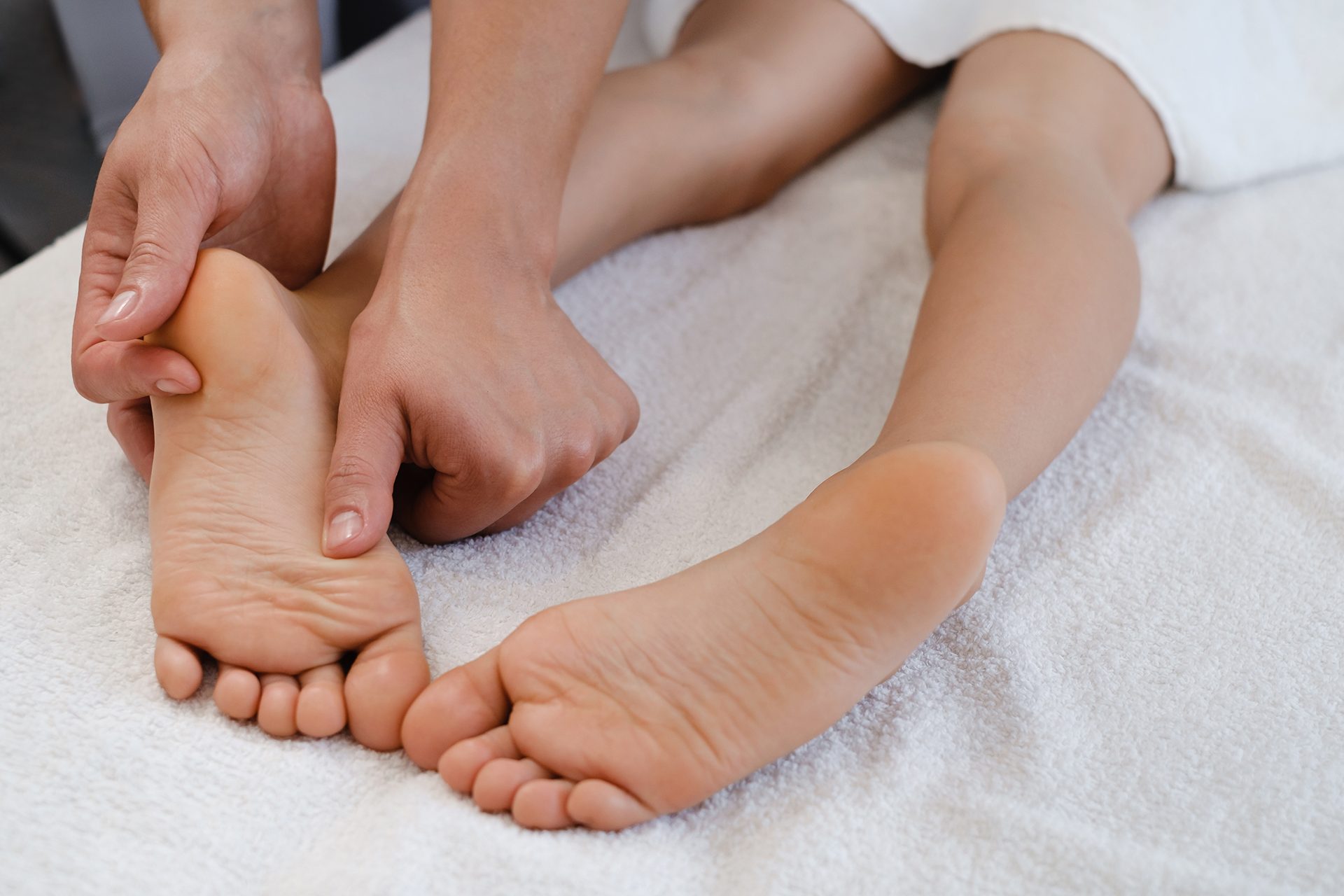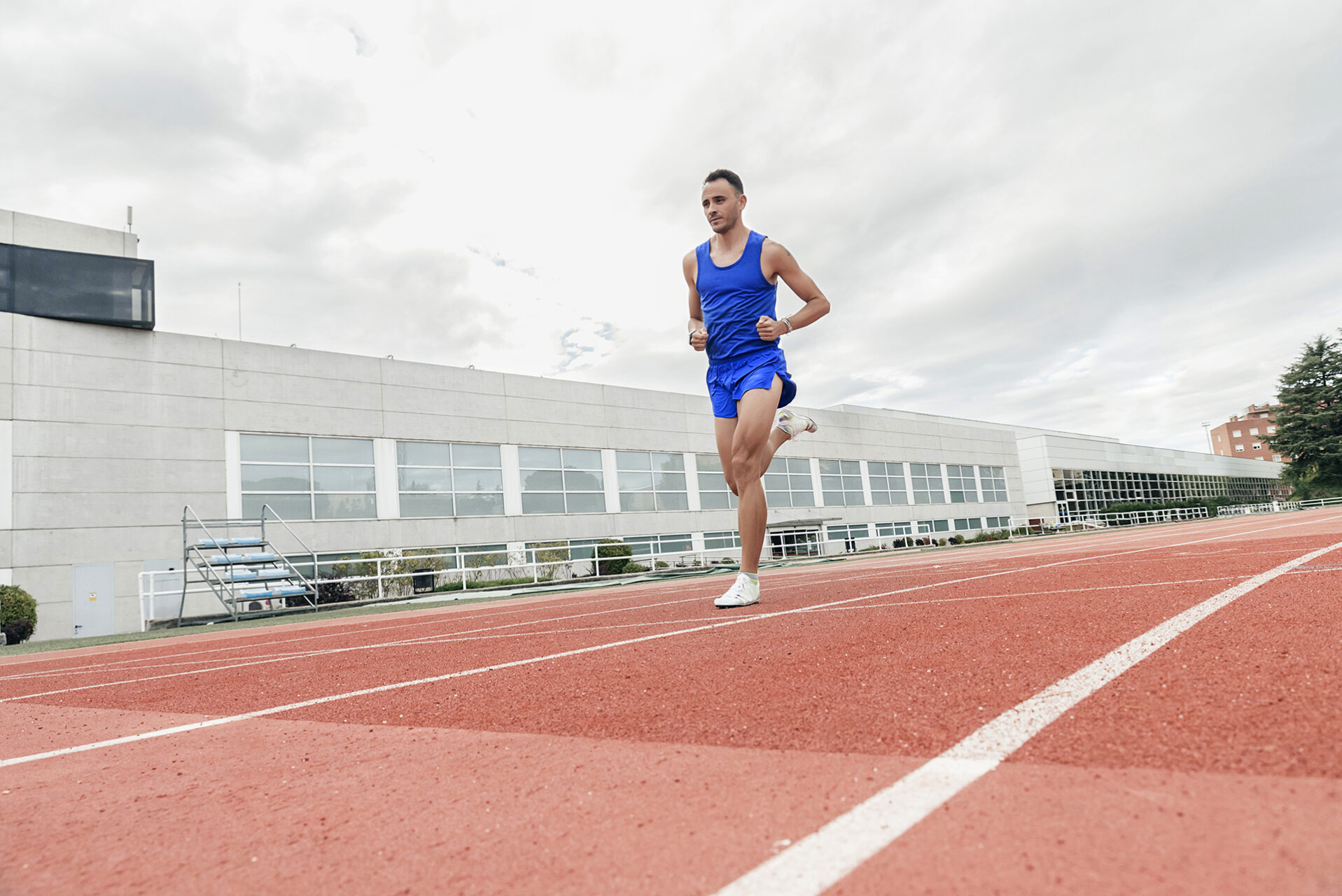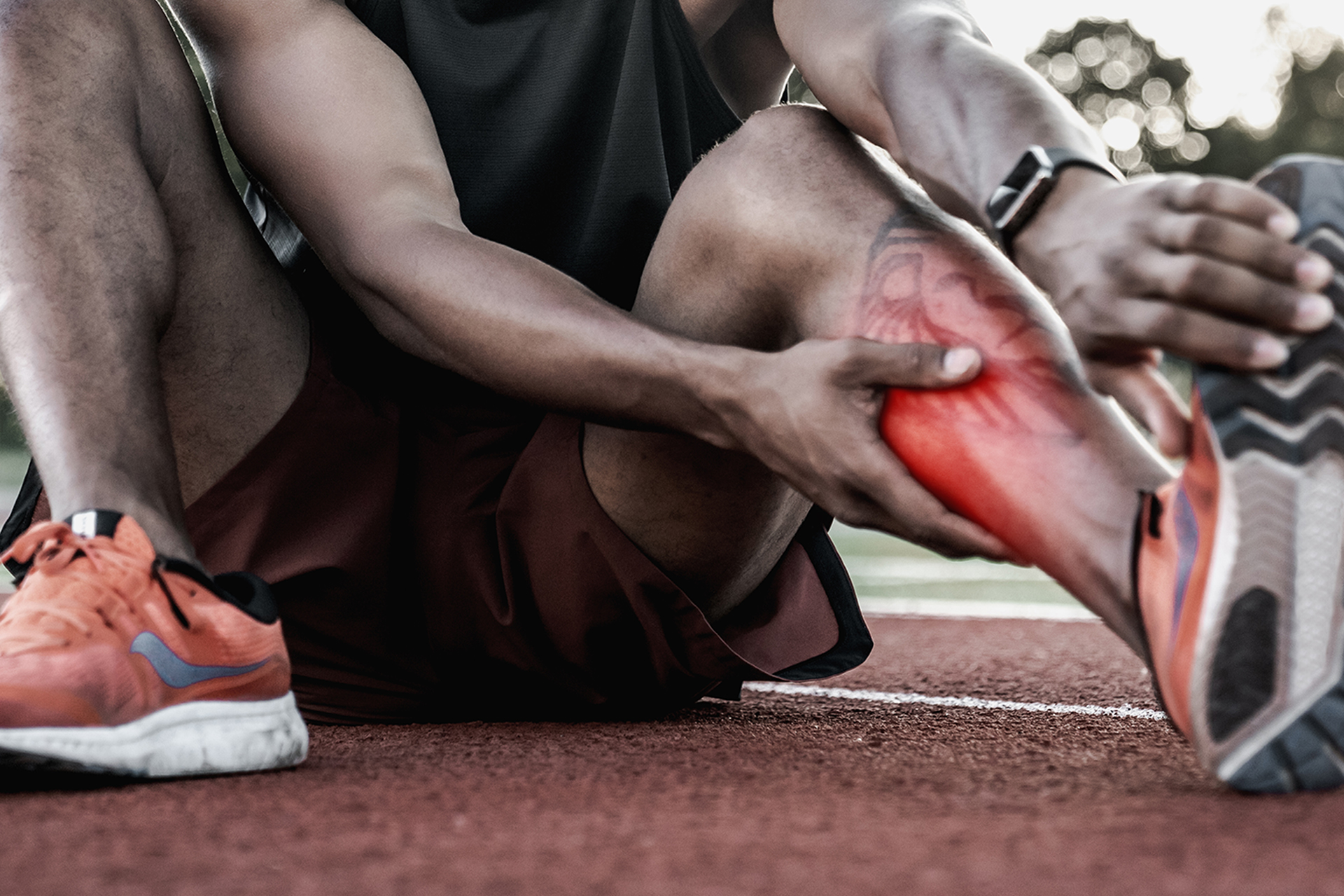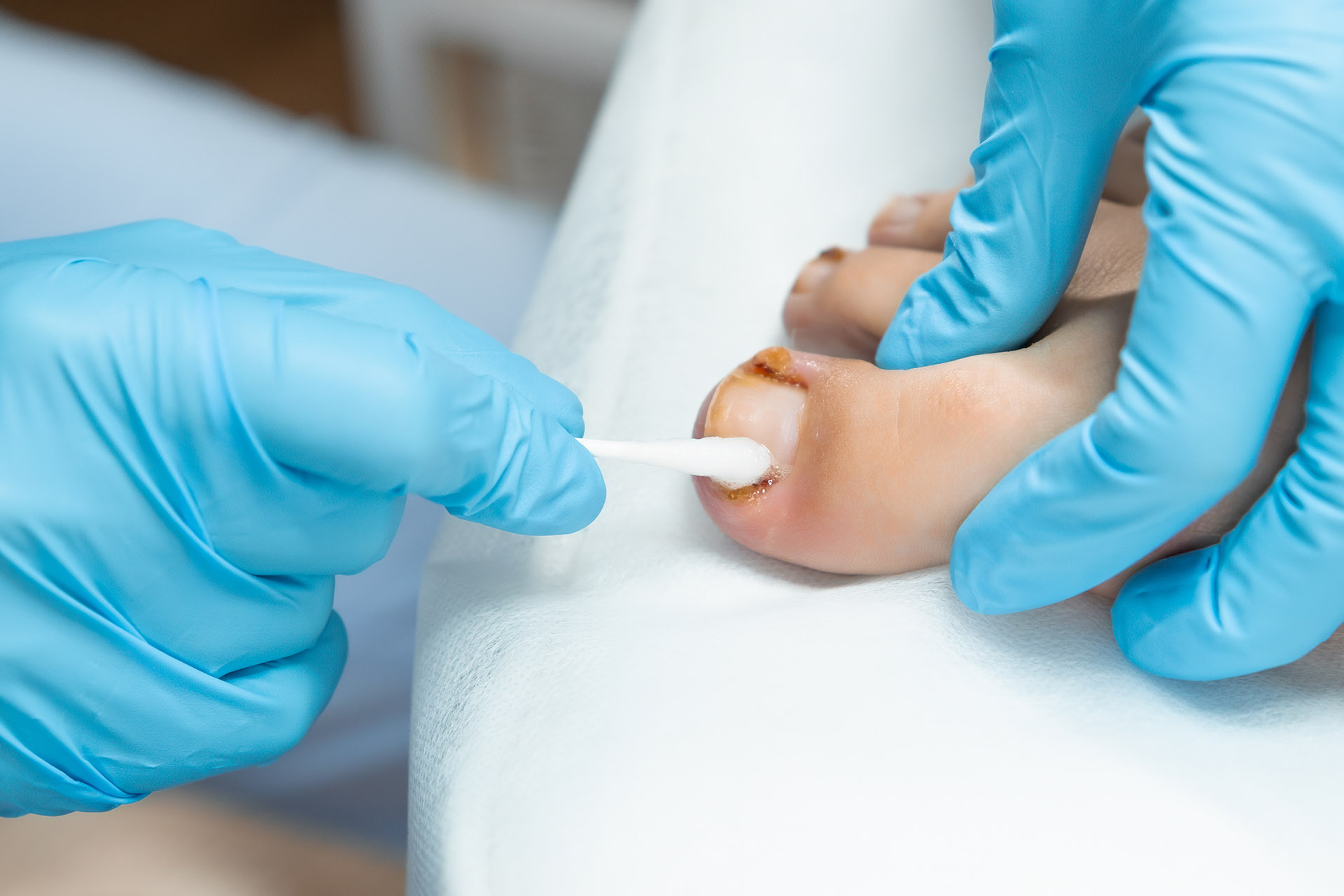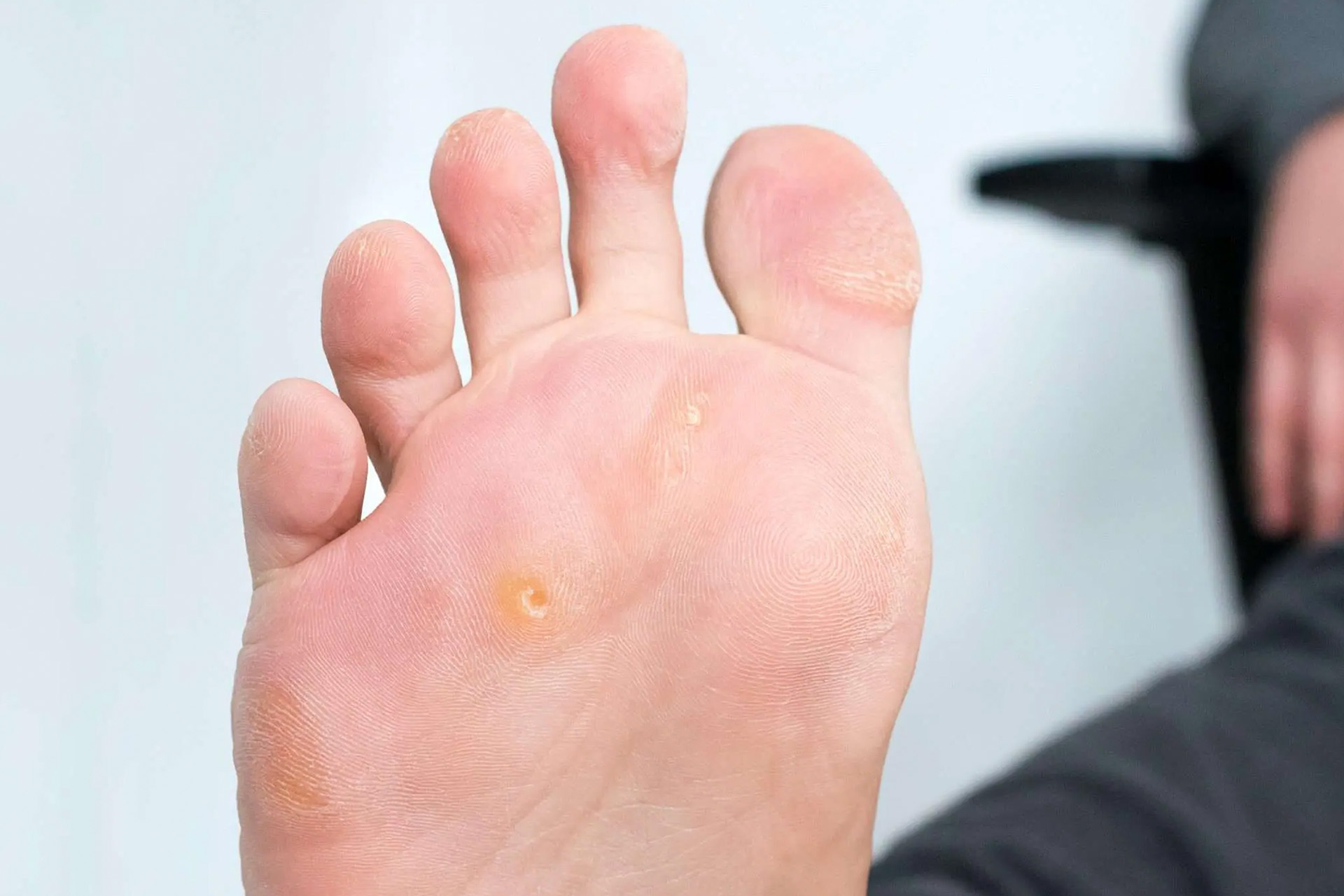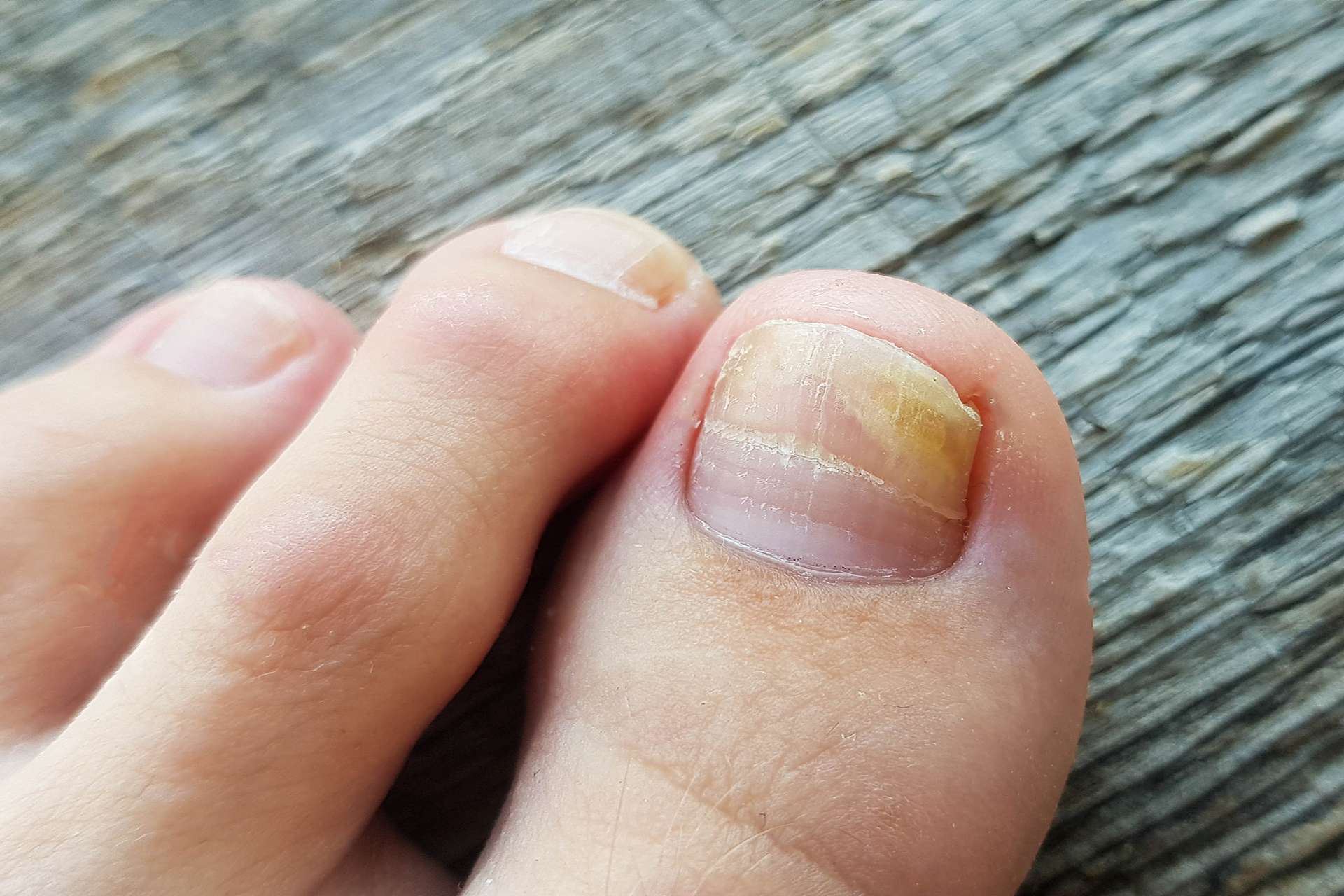What Is Charcot-Marie-Tooth Disease?
CMT, or Charcot-Marie-Tooth disease, is a nervous disorder where the nerves in the peripheral parts of the body are damaged, affecting the nerves in the hands and feet. It limits the nerves in those parts of the body’s ability to transmit vital information like experiencing heat, cold, or, most importantly, pain.
Any foot injury with CMT becomes dangerous, as infections and worse complications may arise without proper care. It is crucial for any patient, young or old, with CMT to seek proper medical attention for injuries to their extremities.
Patients with CMT can develop the following conditions:
- Pes cavus, or a foot with an abnormally high arch – CMT often results in an imbalance within the foot muscles, which, in some cases, causes patients to develop a high arch or pes cavus, as some muscles overcompensate for the weakness of others.
- Pes planus, or flat feet – The muscle imbalance in the foot can also go the other way, causing patients to develop flat feet instead of high arches. Both conditions increase the chances of foot injuries, which are very dangerous to patients with CMT.
- Foot drop – One symptom of CMT or a different neurological disease is the inability to lift the front part of the foot. What this looks like for most patients is the toes dragging on the ground during walking, and over time, causing them to develop an irregular gait to avoid tripping.
A podiatrist can properly diagnose CMT and related conditions during an initial consultation, but sometimes, it may take multiple sessions to identify the right Charcot-Marie-Tooth treatment.
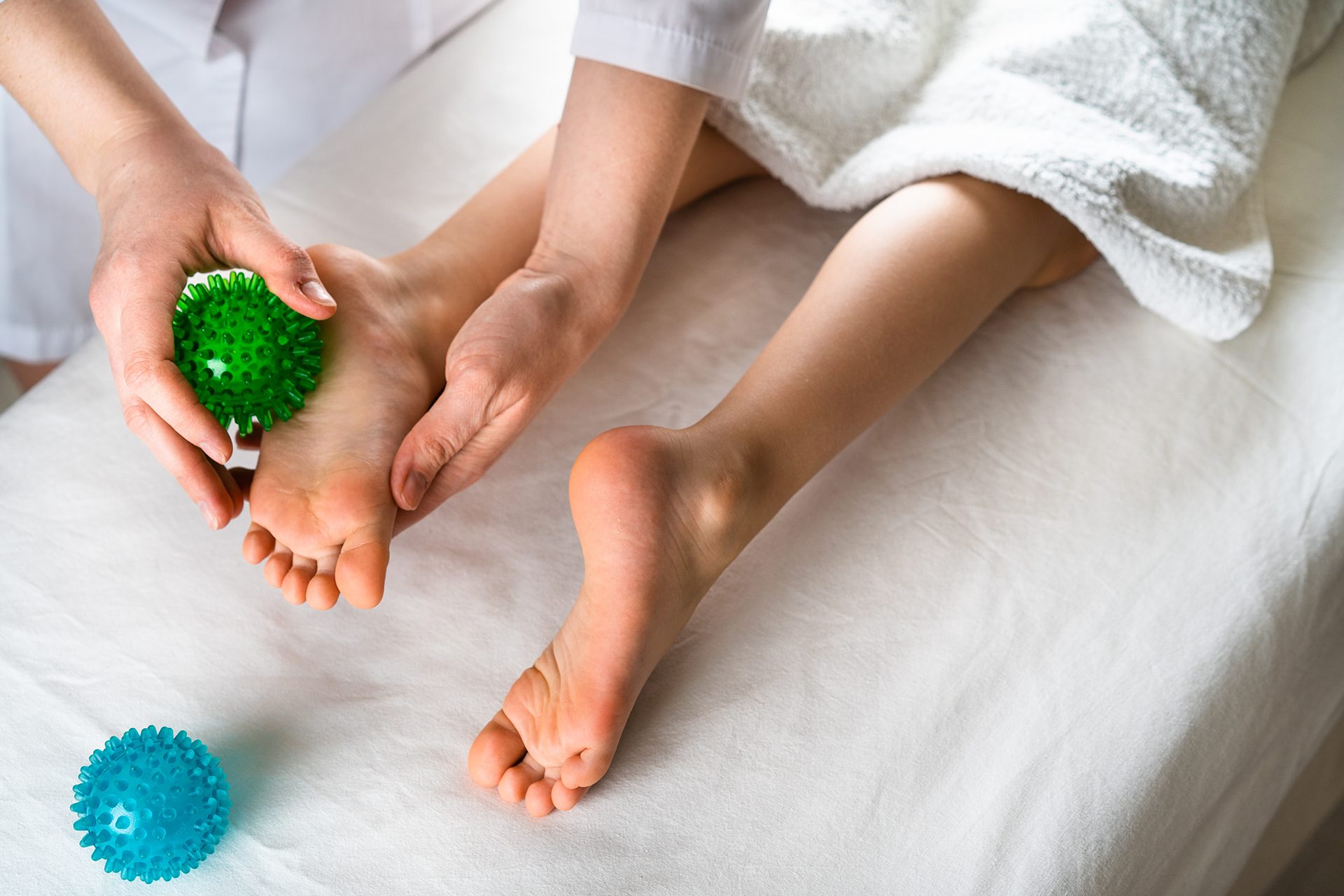
Charcot-Marie-Tooth Disease Symptoms & Causes in Children and Adolescents
Though CMT may have similar symptoms to diabetes and the associated foot damage, CMT is entirely a hereditary disease. It is passed down via genes and can manifest even though there is no noticeable family history of CMT. This is because the gene that passes down CMT may be recessive and not triggered in all members of the family tree. Importantly, this means your partner and you may not have CMT, but your child could still have it. It is also possible for the CMT genetic variation to occur without either parent having it in their genes. It is important to watch for Charcot-Marie-Tooth disease symptoms in your child to ensure they get proper medical care.
As it is impossible to prevent CMT, it is vital to look for its symptoms. Younger children with CMT may develop their walking, crawling, or moving skills at a later age and, after that, fall more frequently. Additionally, they will have trouble grasping or holding items. It is difficult for you as a parent to distinguish between regular clumsiness and potential symptoms of CMT. This is why bringing your child to a doctor is important if you suspect anything.
In older children, Charcot Marie Tooth symptoms include their hands often feeling cold, difficulty handling small items, shuffling their feet, feet with high arches, or in some cases, foot drop, where the front of their foot is frequently dragging on the ground when walking.
Impact of Charcot-Marie-Tooth on Gait
As CMT affects how the foot works, it will also impact the gait naturally. Patients with signs of Charcot Marie Tooth may have to drop their feet, forcing them to lift their feet higher when walking or constantly stumbling over the front of their feet. This change can lead to muscle imbalances across the leg, forcing other muscles to overcompensate when walking.
The lack of feeling in the foot can also make patients unaware they are stepping oddly as they walk, placing pressure on the wrong parts of their feet. Lastly, since CMT can affect the foot’s arch, it can also affect the patient’s balance.
Why Is a Podiatrist Uniquely Qualified to Assess CMT
Though paediatricians focus on children’s health, there is a chance they can miss out on the symptoms of CMT, mistakenly treating those symptoms instead as clumsiness or children developing motor control, especially in children under ten years of age. On the other hand, podiatrists have a unique perspective when treating CMT, as they are more acquainted with its symptoms.
Your podiatrist has several tools to determine if your child has CMT, such as Deep Tendon Reflex assessments or Manual Muscle Tests, which will differentiate between clumsiness and potential symptoms of CMT. Following that, your podiatrist will know best whether to refer your child to a neurologist and provide proper treatment.

Conservative Paediatric Podiatry Treatment for CMT in Children
Your child can live healthily with CMT without invasive surgeries. The most important thing is for your child to regularly visit a podiatrist to ensure they are not developing any dangerous conditions, identify Charcot Marie Tooth progression, and keep their feet healthy.
- Footwear assessment and advice CMT affects each child’s foot differently, sometimes resulting in drop foot, high arches, or flat feet. Your podiatrist will advise you on the best footwear for your child’s foot, depending on the effects of CMT.
- Palliative care, treatment of calluses and corns: If your child has CMT, dealing with any calluses or corns is essential. Your child may not feel them developing, but calluses and corns can lead to skin breaking and infections. Your podiatrist can extract the calluses or suggest footwear to prevent callus formation.
- Custom-made orthoses for children Your podiatrist can provide your child with custom-made orthoses to compensate for any deformities in the arch of their feet caused by CMT. This can prevent them from developing irregular gait or muscle imbalances.
- Non-custom ankle-foot-orthosis An ankle-foot-orthosis connects the foot to the rest of the leg and can provide vital support for patients with CMT and help with symptoms like drop foot. These can also be custom-made to your child’s foot as your child’s foot grows.
- Padding and strapping These are two methods podiatrists use to give the foot more support: applying pads to the shoes to reduce friction or strapping the foot to prevent muscles from overcompensating.
- Foot mobility and physical therapy Children with CMT must maintain movement to prevent their muscles from becoming weaker or stiffer without activity. This will only accelerate CMT’s problems. Your podiatrist can help your child retrain their walk and slow the degenerative effects of CMT through physical therapy.
If you believe your child can benefit from a Charcot Marie Tooth examination, schedule an appointment for a podiatric assessment at The Foot Practice.
When Should Surgery Be Considered?
In some cases, patients may choose foot surgery if all other methods have not eased their discomfort or if they want to prevent the disease from worsening. Some surgical options include straightening clawed toes, altering high-arched feet, or stabilizing ankles.
The decision to undergo surgery differs based on every patient’s considerations and should not be made lightly. Especially in children, it is worth attempting non-invasive options first. Additionally, it is worth remembering that surgery for CMT can treat its symptoms but cannot remove the nervous disorder itself.
Correcting foot deformities with conservative treatments for Charcot-Marie-Tooth disease can ease discomfort from the condition in children, strengthen muscles, and reduce the foot’s functional deterioration. In addition to podiatric care, it helps if the child and family receive guidance and reassurance from a strong support network.

FAQs about CMT Disease
Can a podiatrist diagnose Charcot-Marie-Tooth disease?
A podiatrist can provide a Charcot Marie Tooth diagnosis by identifying the symptoms in patients. It could be by conducting tests during one session or noticing a pattern of problems or symptoms in a patient over time.
Does exercise help CMT disease?
Exercise is vital to combatting CMT. Keeping the body moving can help the affected areas remain limber and strong and prevent them from succumbing to further degradation. However, patients with CMT should exercise moderately, as overexertion can be dangerous.
Can you walk barefoot with CMT disease?
Patients with CMT can walk barefoot, but it is essential only in clean settings. The nervous disorder prevents patients from feeling pain in their extremities, making it easy not to notice a puncture wound from walking barefoot. These wounds can become infected and pose a danger to the patient.
Can you prevent or slow the progression of Charcot-Marie-Tooth disease?
You cannot necessarily slow the disease; however, you can treat its symptoms and reduce discomfort. Talk to your podiatrist about what symptoms are affecting your quality of life. They can develop a plan with you to prevent the condition from worsening.
What age is CMT diagnosed?
CMT can be diagnosed at any age if the symptoms are recognized. However, the younger the patient, the more difficult it can be for paediatricians to detect CMT, as many signs of CMT can be misunderstood as clumsiness. Bring your child to a pediatric podiatrist for a Charcot-Marie-Tooth disease examination.
When is orthopaedic surgery needed for CMT?
There is no set answer for when surgery is needed for CMT, but it is usually only explored when the patient finds their quality of life is significantly reduced by CMT’s symptoms. The surgery can treat some of CMT’s symptoms but cannot treat the genetic disease itself.

